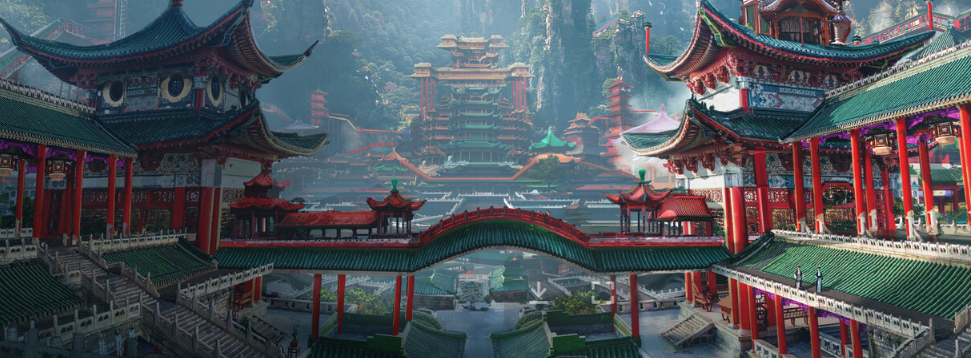Seikans
According to the Seikans, there was none before them, and that is very likely true. Seikans are known for being among the first centrally governed kingdoms on Kronis. Seikans excel in the arts of music and dance, as well as sailing and cartography.
Origin: Organized tribes and clans before 1000 BR
Cultural Presence: Nearly Extinct
Common Religions: Mako Pantheon, The Center of the World Real World Influence: Han Chinese 5e Additions:
Magic Proficiency: Transmutation
Non-Magic Proficiency: Performance
History
The Seikan culture is regarded as the first and premier culture to emerge on the central island subcontinent of Tongiu. They claim that all on Tongiu - the Makan and Kodrans - are descended from them. Since before the 1000s BR, the Seikans were decentralized tribes, slowly connecting over the centuries. By 300 BR they loosely unified under a singular recognized authority after a century of failures by previous chiefs and leaders. Clans at this time still operated with great independence.
The Seikan people are known for their pride and cunning. This nature often leads to arrogance - which has proven to be their downfall on a number of occasions. The Seikan union of clans dominated the island until about 100 AR before they were envolved in conquest by the Kingdom of Mako, in what would later become The Great Empire of the West. The Mako at first suppressed the Seikans with vengeance. Seikan culture was diminished greatly in influence - to the point where the only cutlurally pure Seikan regions comprised a handful of islands in the Chukan Media Nostra. In time, the Makans changed and began to treat the Seikans as equals. Before long, Seikans were found in various official position of government within the Empire. So much so was the Seikan influence in the late Makan government that a few Emperors publicly professed their Seikan ancestry.
During The Great Empire of the West's collapse, several of the western Seikan clans unified and broke away. By this time, around the 700s and 800s AR, the Seikan culture was still greatly diminished, and unlikely to see any great resurgence to its status held in ages past.
Traditions
Early Seikan traditions involved the reverence of exploration: from seafaring exploits to traversing the mountains. It is because of these habits that led to the belief that all people are descended from the Seikans. When the Steerians settled southern Tongiu and ousted local Seikan clans, the Seikan fervor for exploration slowly began to fade.
Late Seikan traditions largely revolve around their mythology. Seikans had no core religion, but invented a lot of legends about their ancestors and revered these things. To them, ancestors embodied the animals they saw everyday. Sacrifices were strictly against the law in most places. The Seikans were also an imaginative bunch, dreaming of mythical beings like dragons, griffins, and phoenixes which make their way into Seikan art and architecture.
Mythos
The Seikans were the original founders of "dragon" cults, even though dragons as of yet exist only in mythology. Indeed, the closest thing to dragons are the Kobalds that neighbor the Seikans. Through numerous interactions with the kobald tribes, the Seikans believed they learned much about the nature of Kronis from an ancient species. The Seikans did not know that the kobalds were just as clueless about the world... just more imaginative.
It is common to see kobalds, and the occasional goblin, out and about in Seikan society. Of course, the expansion and conquest by the Makans introduced degrees of Xenophobia, and the kobalds greatly retreated back to their mountain homes until the fall of the empire in the late 800s AR.
Naming Traditions
Seikan names use the following format: [Family Name] [First Name] and sometimes incorporate a third honorific title after the First Name, usually held for nobles and courtiers. Common examples:
Male: Mao Guo Aly-a-song, Shen Yijun Ec-fo-Okks, Han Zixin, Zhao Renshu, Xu Bo Star-Whisperer
Female: Gao Xue Jae-Fang, Feng Lixia Pearl-of-the-Horizon, Liang Meilin, Xu Mei



Comments